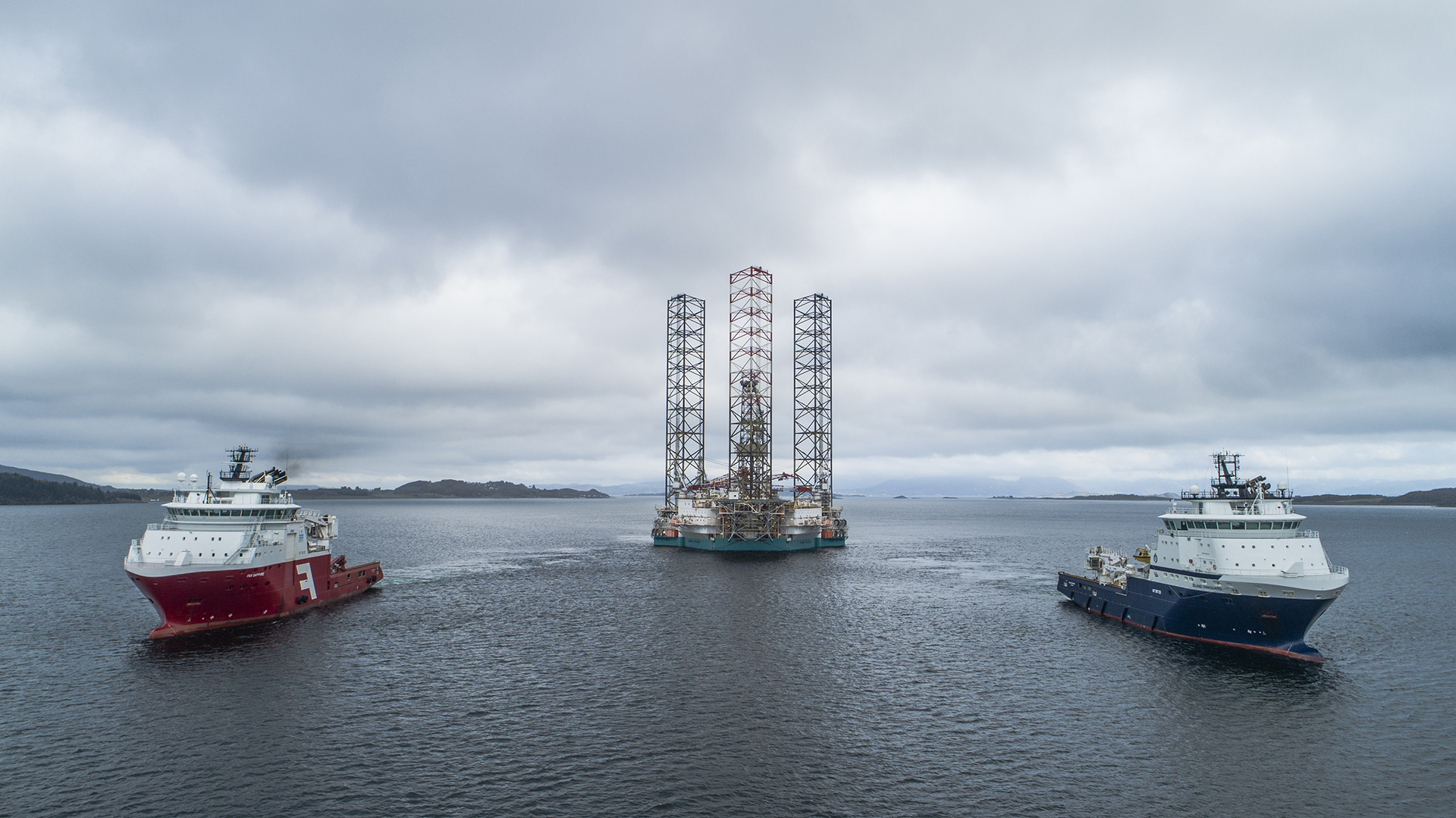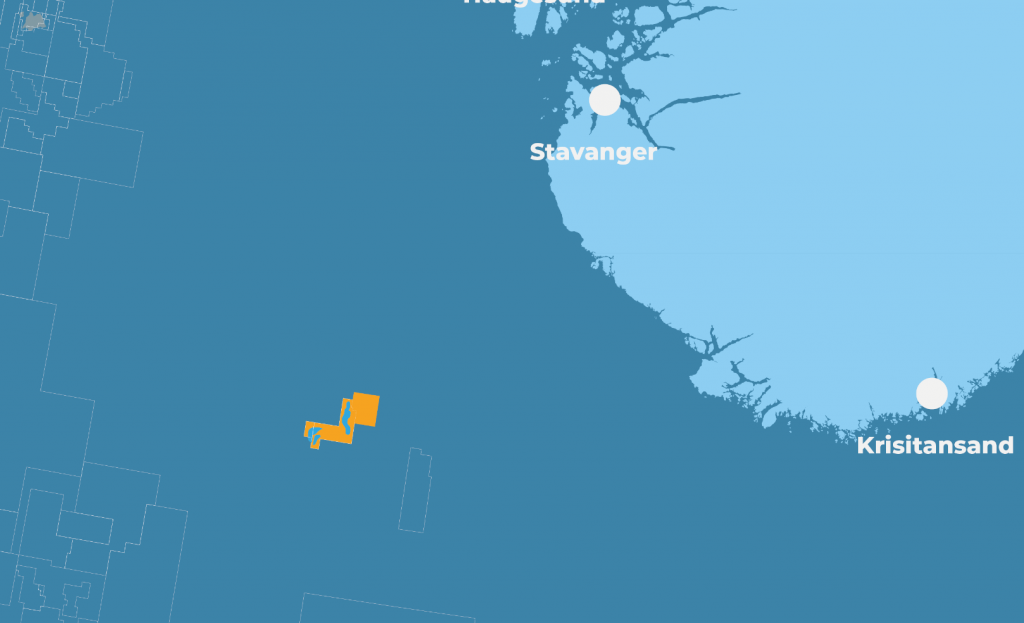Development
The Yme field comprises two separate main structures, Gamma and Beta, which are 12 kilometres apart. Yme was originally developed with a jack-up drilling and production platform on the Gamma structure and a storage vessel. The Beta structure was developed with a subsea template. In 2001, production ceased because operation of the field was no longer regarded as profitable. A PDO for a redevelopment was approved in 2007. The development concept was a new mobile offshore production unit (MOPU). Due to structural deficiencies and the vast amount of outstanding work to complete the MOPU, it was decided to remove it from the field in 2013. The MOPU was removed in 2016 in accordance with the authorities' formal disposal resolution. In 2018, an amended PDO for the redevelopment of Yme was approved. The PDO includes a jack-up rig equipped with drilling and production facilities installed on the Gamma structure, a subsea template on the Beta structure, and reuse of existing facilities on the field.
Reservoir
The Gamma and Beta structures comprise six deposits. The reservoirs are in sandstone of Middle Jurassic age in the Sandnes Formation, at a depth of 3,150 metres. They are heterogeneous and have variable reservoir properties.
Recovery
The field is produced by pressure support from partial water injection and water alternating gas (WAG) injection.
Transport
The oil is transported with tankers and the gas is reinjected.
Status
Read more about Yme on Norwegian Petroleum's website.


